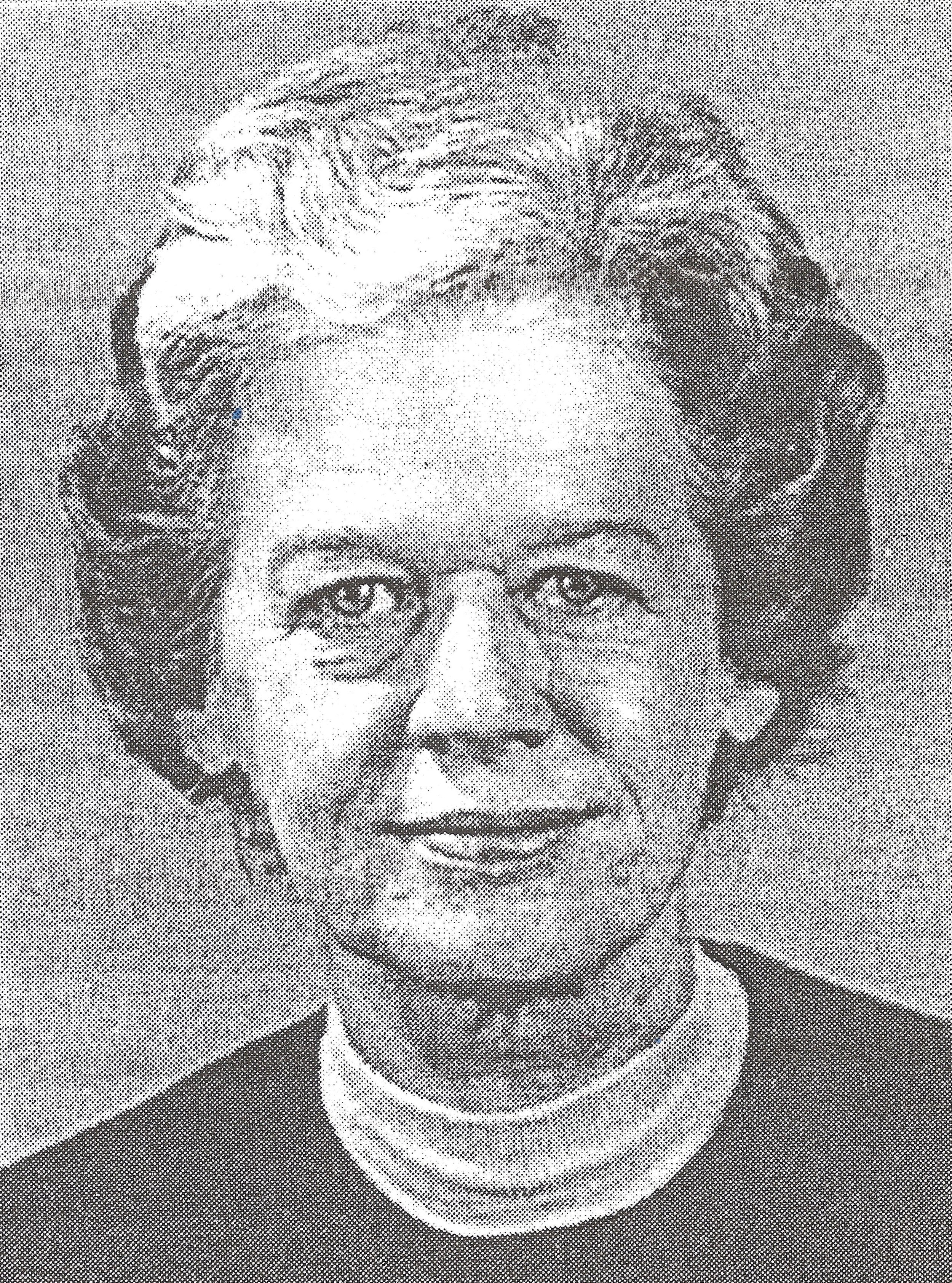Induction Category:
Politics, Government & Law
Inducted:
2011
Isabelle Kelley dedicated her life to public service and throughout her 33-year career with the United States Department of Agriculture, she worked tirelessly to improve the lives of children and low-income families, giving them increased access to proper nutrition. As the principal author of the Food Stamp Act of 1964 and the Food Stamp Program’s first director, Kelley shepherded a revolutionary initiative from its pilot stage into a full-fledged nationwide program that has since grown to serve more than 40 million Americans.
Born July 27, 1917 in Ellington, Conn., Isabelle Kelley was the daughter of Thomas W. Kelley and Hannah O’Connell. Raised in Simsbury, Kelley attended Simsbury High School and the University of Connecticut, where she graduated in 1938 with a degree in economics. She went on to pursue graduate studies at the University of Iowa, graduating in 1940 with a degree in food economics. Immediately upon graduation, Kelley joined the USDA as an economist studying consumer purchasing trends. It was during these early days at the USDA that she began to pursue what would become her lifelong passion: helping to feed needy families and children around the country.
One of Kelley’s primary areas of focus in her work at the USDA was improving the nutritional opportunities of school children. She was among the first to make the connection between optimal nutrition and proper learning believed, and one of her early projects was to administer the Penny Milk Program, an initiative that provided a half-pint of milk to school children for just a penny. Kelley’s milk program was one of the first nationally organized programs to address school nutrition. For her role in the program, Kelley was awarded the Department of Agriculture’s Superior Honor Award. In 1946, she continued her work with school-age children by helping to launch the first National School Lunch Program (NSLP), ensuring longstanding federal support and providing free or reduced-price lunches for the nation’s poorest school children. As part of the program, school lunches were required to meet specific nutritional guidelines and be administered without discrimination. Revolutionary in its day, the NSLP is now available in schools nationwide and serves more than 20 million free and reduced-price meals to children every school day.
As part of President Kennedy’s commitment to end hunger in America, in 1961 he appointed Isabelle Kelley to a four-person task force charged with designing and implementing a food stamp program. They began with a pilot program in eight of the poorest counties in the United States and studied the needs of poor families as well as the challenges of delivering food to them. Initially, program participants purchased coupons based on the dollar amount they typically spent on groceries. These coupons represented a higher monetary value and, thus, increased the amount of food that could be purchased. This pilot program was constructed on a sliding scale determined by the family’s need and its geographical location. The purpose of the program was two-fold: increase the food purchasing power of the family (and, therefore, the nutritional value of the family’s diet) and enhance the revenue of the local retail sector.
Under Kelley’s leadership and guidance, the program was a success. Noting the pilot program’s encouraging results, in 1962, President Kennedy asked the task force to continue its work in an expanded capacity to serve a greater number of communities. The program was expanded to an additional 25 areas in 18 states. The expanded program was a continued success and Isabelle Kelley and her team spent the next two years crafting the Food Stamp Act to make the program permanent and nationwide. In 1964, President Lyndon Johnson signed the Food Stamp Act of 1964 into law. The following year, Isabelle Kelley was named the first Director of the Food Stamp Division of the USDA. Her appointment made both USDA and national history. She became the first woman to direct a national action program at the USDA and the first female director of a Consumer and Marketing Division of a government agency. Kelley rose through the ranks at the USDA at a time when there were few women in leadership roles.
By 1970, Kelley’s program had expanded to serve more than 3.5 million Americans and she oversaw an annual budget of $610 million. Called “the richest woman in the world” by her co-workers, Kelley was known for her hands-on style of leadership, her acute grasp of policy and the inner workings of government and her determination to make a difference in the lives of children and families around the nation.
Isabelle Kelley retired from the USDA in 1973 after 33 years of service. She went on to lecture at the Georgetown University Graduate School and was a frequent speaker at USDA events and a revered mentor for many at the USDA for years to come. Long into her retirement, Kelley remained involved in the USDA and informed of policies and programs and was active in assuring continued funding for the Food Stamp Program (now known as the Supplemental Nutrition Assistance Program or SNAP). In 1987, Kelley was selected as only one of 38 women to be interviewed for an oral history project conducted by Harvard University’s Schlesinger Library on the History of Women in America. The project’s goal was to document the autobiographical memoirs of women who had achieved positions of high rank in the federal government during the middle decades of the 20th century.
Isabelle Kelley died in 1997 after a short illness. Her legacy of care and concern for the nutritional needs of low-income families lives on. In 2011, the USDA honored Kelley’s lifetime of service by inducting her into the agency’s Hall of Heroes.
Born: 1917
Died: 1997
Town: Simsbury


